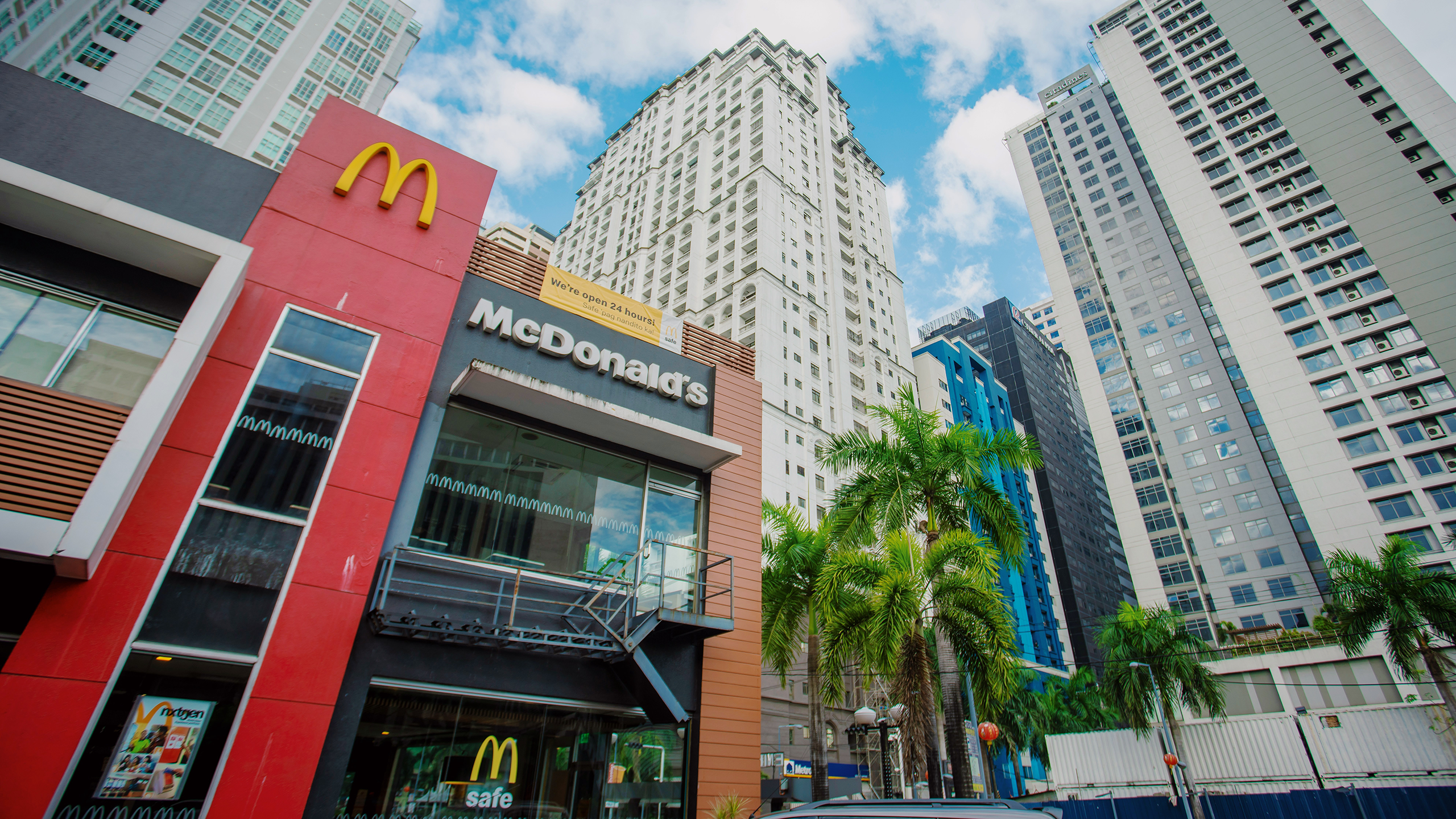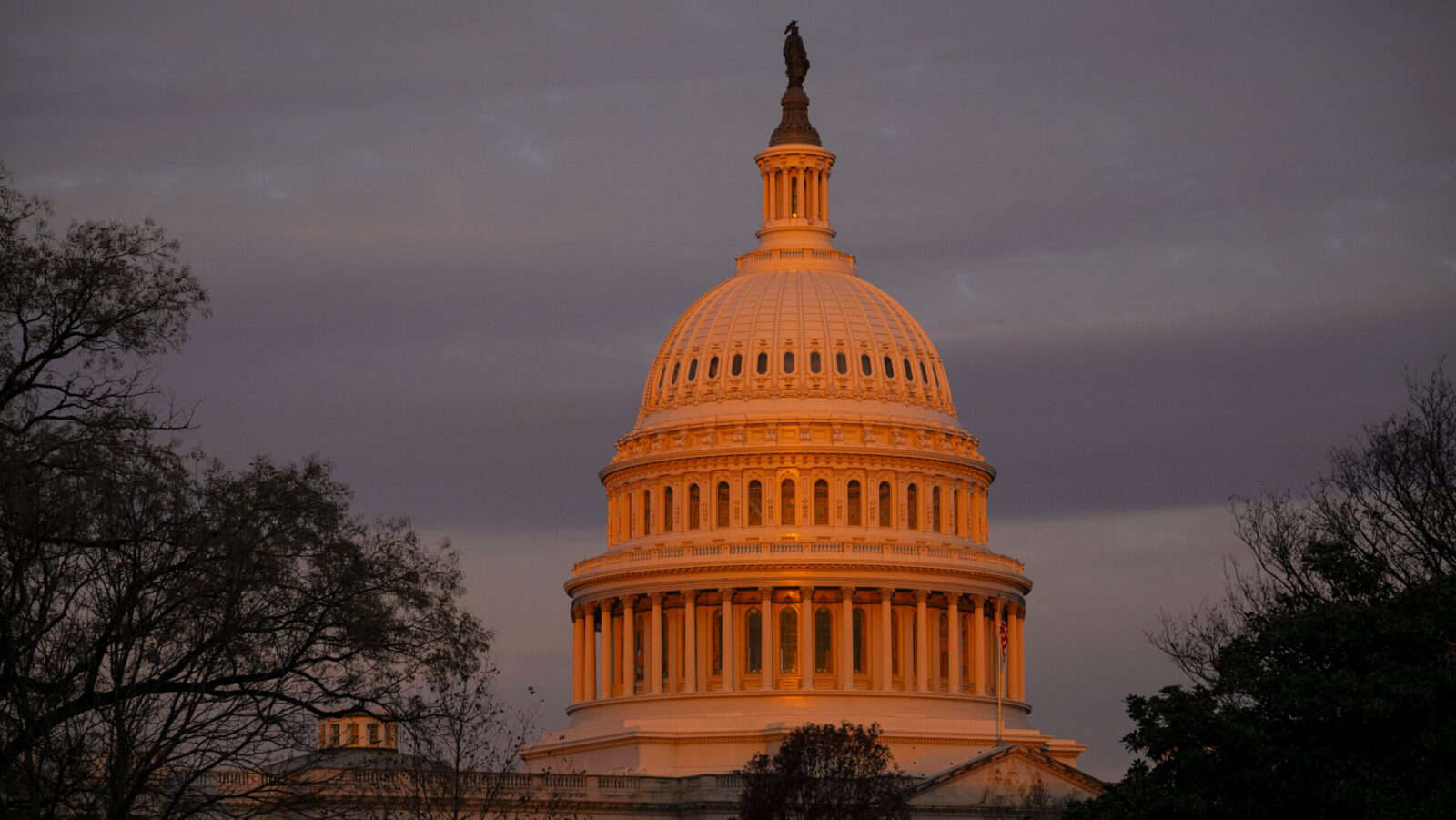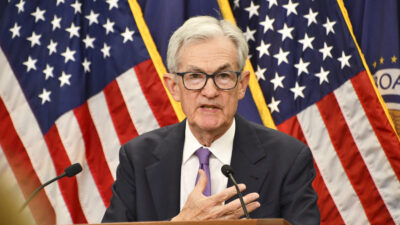Economic Anxiety Leaves McDonald’s Digesting Biggest Sales Drop in Five Years
Fast-food chain McDonald’s, an economic indicator because of its mammoth global presence, posted its worst earnings report since 2020.

Sign up for smart news, insights, and analysis on the biggest financial stories of the day.
Since 2003, “I’m lovin’ it” has endured as McDonald’s flagship marketing tagline. On Tuesday, the company’s executives could be forgiven for thinking instead about its 1970s catchphrase: “You deserve a break today,” the ‘you’ being McDonald’s.
The fast food giant had its worst earnings report since 2020 as customers spent less for the second quarter in a row, especially on McDonald’s US home turf.
Middling Middle-Class Showing
Wall Street analysts look to McDonald’s not just because the McMuffin makes for an efficient calorie pitstop on the way to the office, but because its mammoth global presence can signal trends in the economy at home and abroad. With plummeting consumer sentiment in the US and overall uncertainty due to pending tariffs, its latest earnings were as closely watched as ever.
While the Golden Arches rolled out a new value menu in the US in January, which was expected to drive spending, revenue still fell 3% to $6 billion in the first three months of 2025. Net income likewise tumbled 3%, ending up at $1.9 billion. McDonald’s global same-store sales fell 1% year-over-year, with a 3.6% drop in the US effectively reversing the situation last year when same-store sales in the country jumped 2.5%. The deeper data behind its slide showed differing movement across geographies and income groups, including growth in some spots:
- McDonald’s international operated markets segment, which includes the countries where it runs and franchises restaurants like Canada, France, Germany, and Australia, posted a 1% same-store sales decline, which executives said was mostly due to falling sales in the UK. At its international developmental licensed markets segment — which consists of countries where it almost exclusively licenses and franchises restaurants, including China, Japan and Brazil — same-store sales rose 3.5%, with the Middle East and Japan fueling the growth.
- CEO Chris Kempczinski offered a more detailed assessment of US consumer spending, telling participants in an earnings call that traffic from low-income customers softened by “nearly double digits versus the prior quarter,” which CFO Ian Borden said was “spilling over into middle-income consumers.” High-income customers, for now, “remained solid” according to Kempczinski.
Recent earnings reports from other major US food franchises Chipotle, Domino’s Pizza, Taco Bell owner Yum Brands, and Starbucks all showed similar sales dips, while Kempczinski called the drop in middle-income spending “a clear indication that the economic pressure on traffic has broadened.”
Non-Food for Thought: Payments giant Mastercard, another bellwether of consumer spending, reported great earnings Thursday, with its $3.4 billion in income besting expectations. Global purchases made with Mastercard-branded cards rose 10% to roughly $2 trillion in the first quarter of 2025, though apparently not for Big Macs.











